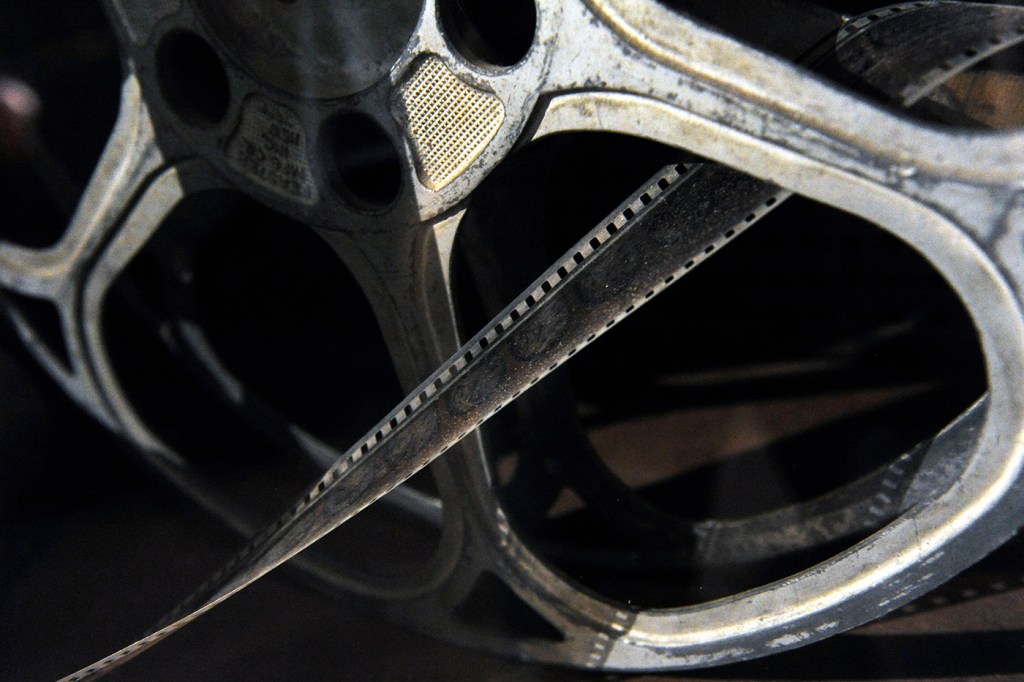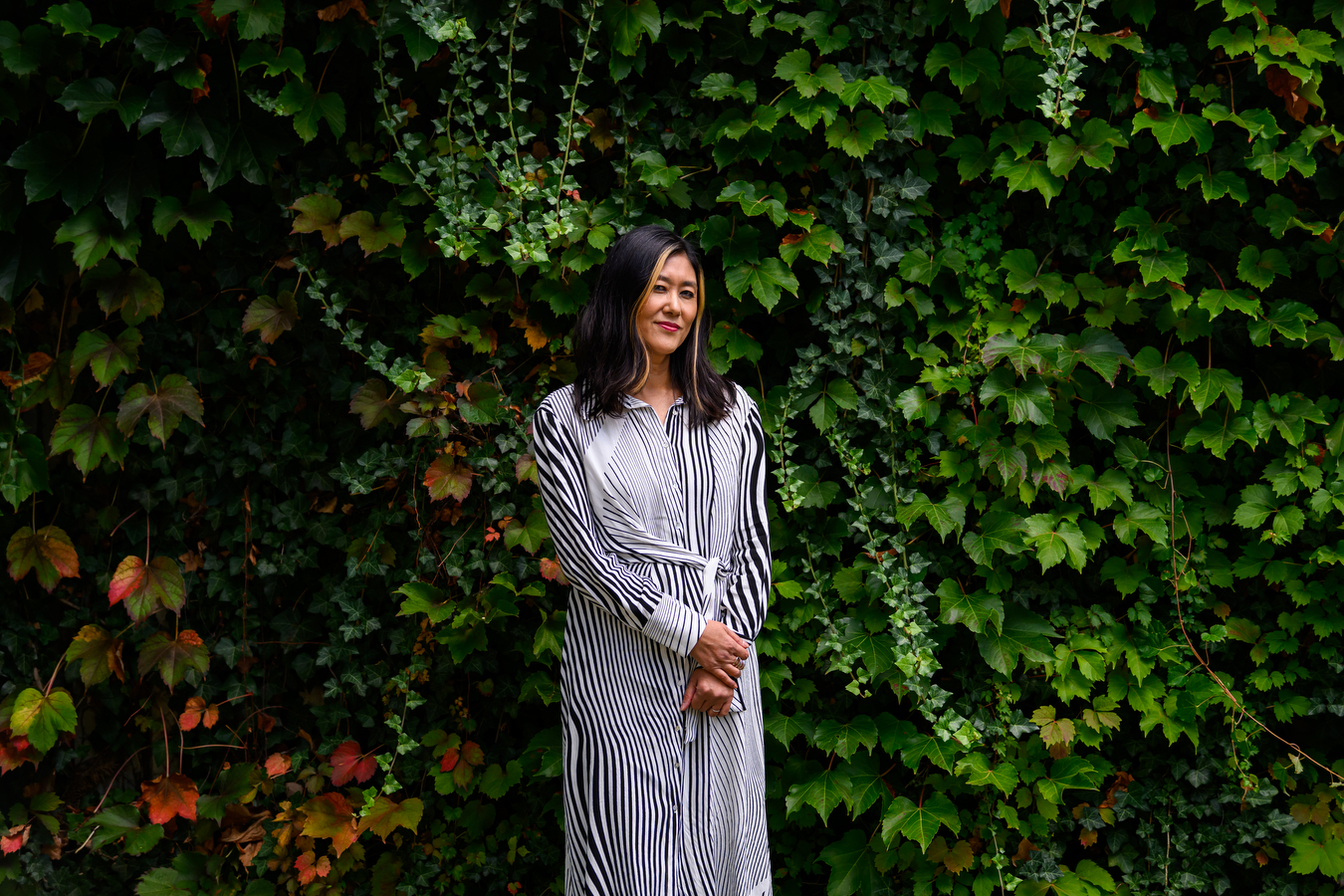Northeastern professor uncovers oldest Japanese American film

For 108 years, “The Oath of the Sword,” a 1914 silent film released by one of a handful of Japanese American film companies, has gone unseen by audiences. Tucked away in the archives of Rochester’s George Eastman Museum, the only remaining print of the film was collecting dust–until Denise Khor discovered it.
Now, thanks to Khor, a Northeastern associate professor of Asian American and visual studies, the film–potentially the oldest Asian American film on record–is being restored and will, for the first time in 108 years, return to the screen. Although it’s only stretched across three reels and 30 minutes, the silent drama reveals the untold story of an entirely alternative network of film production at a time when the medium was just getting started.

“It’s buried in this vault, and unless you’re a researcher like me, you’re just not going to see it,” Khor says. “It’s just such an important part for Asian American film and media and history, but it’s also just an important part of American film history.”
The restoration and preservation project, funded by a grant from the National Film Preservation Foundation and done in partnership with the George Eastman Museum and Japanese American National Museum, is the culmination of years of work for Khor. It started as her dissertation, a deep dive into the origins of the film industry and the role Japanese Americans played in it.
Many films from this era have been lost to time, even more so for those made by Japanese Americans. That meant Khor couldn’t rely on traditional sources to trace this history.
Instead, she turned to the Japanese American press. Combing through century-old newspapers, Khor discovered, piece by piece, the relatively untold history of Japanese American filmmaking.
“This is all about things that didn’t actually materialize as well–film practices, film cultures, film productions,” Khor says. “It was really just putting together this jigsaw puzzle.”
Eventually, Khor generated a list of about eight films made by Japanese Americans during this period, with no expectations that she would ever see any of them. Not expecting much, Khor circulated the list among preservationists and archivists she knew––and she got a lead. Against all odds, the George Eastman Museum had the only surviving print of the film in its archive.
Even though the museum had created a safety print of the film in 1980, it was still incredibly fragile, which meant Khor could only view it once without rewinding. Playing it frame by frame, Khor took an hour to watch the 30-minute film.
“I think I was the first person in that contemporaneous time to view it,” Khor says.
Created by the Los Angeles-based Japanese American Film Company, one of a handful of small film houses led by Japanese immigrants, the film tells the tragic story of an ambitious young man, Maseo, and his beloved Hisa. Maseo leaves Japan to study at the University of California Berkeley, and, after finding success, returns to find that Hisa, lonely since Maseo’s departure, has married and had a child with a white American ship captain whose ship crashed on the shore of their village.
Maseo flies into a rage and fights the captain, eventually overpowering him and throwing him into the sea. He returns to Hisa, only to find that, out of shame, she has committed suicide.
The film is representative of many of the values and ideas that would have been relevant for Japanese Americans at the time, like Western modernity and, in the character of Maseo, racial uplift.
“Certainly, that would have been a story that was also in circulation for Japanese immigrant communities, who in many ways have adopted some campaigns of respectability to respond to this anti-Japanese movement that’s unfolding at the time,” Khor says.
“The Oath of the Sword” is just one of many films produced by Japanese Americans in the early 20th century, most of which will never be recovered. For Khor, the film helps reveal a network of Japanese American theaters, film companies and filmmakers that were operating separately from the still nascent commercial film industry, which she chronicles in her book, “Transpacific Convergence.” Without adequate channels of distribution, audiences were limited, but films like “The Oath of the Sword” played a vital role for Japanese Americans.
Films were a form of communal connectivity for Japanese immigrants and their families. They not only connected people to Japan but each other. And that connection didn’t happen just in movie theaters.
“We’re talking about Buddhist temples that are retrofitted to become movie theaters and community halls,” Khor says. “We’re talking about makeshift theaters that are being set up outside in wide open fields or an orange packing warehouse being converted so the Japanese workers who are working in the fields can come in and watch movies.”
At the center of the movie-going experience for Japanese Americans was the benshi. A performer, the benshi would narrate the film for audiences, but they also served as an exhibitioner, bringing the film projector and putting together the programing for audiences.
“The benshi became these quasi-celebrities that kind of rivaled what was on screen,” Khor says. “The benshi would come in once a month, and everybody would go. If you were Japanese, that became this place of convening.”
Restoration work is still ongoing, and Khor says work will be done in October and that a screening of the film will follow. But she hopes that the project can go beyond one film and help kickstart awareness about this broader cinematic history and the Japanese Americans who helped build it.
Between #OscarsSoWhite and ongoing conversations around representation and who gets to tell certain stories, Hollywood is at a moment where it’s being asked to reckon with its history. Khor says these conversations aren’t new. In 1915, at the “earliest juncture in cinema,” protestors stood outside screenings of Cecil B. DeMille’s celebrated film “The Cheat” to speak out about its portrayal of Japanese Americans.
At a time when there is an Asian Marvel hero on screen and a blockbuster rom-com focused on an Asian and Asian American cast, Khor says it’s important to remember change has been a long time coming–and it’s not guaranteed to stay.
“I think a lot of people are really hopeful for this moment, that we are seeing people like [Academy Award-winning director] Chloe Zhao and we’re seeing things like Crazy Rich Asians,” Khor says. “But I feel like for me as a media historian and scholar, I’m sort of interested to see whether this is just a moment or something more.”
For media inquiries, please contact Marirose Sartoretto at m.sartoretto@northeastern.edu or 617-373-5718.






